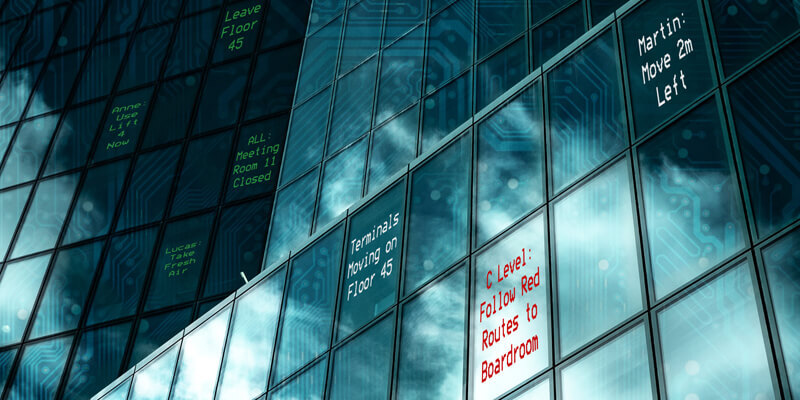BIM may be key in the return to office-working post-Covid, says Alistair Maclenan

BIM – building information management – has been around long enough to have be awarded its own Wikipedia page. Mind you, so has Covid-19, so longevity may not be the overriding qualification.
But, because of the latter, the former’s explanatory page has yet another reason to be visited. According to the online encyclopaedia, BIM is the ‘process supported by various tools, technologies and contracts involving the generation and management of digital representations of physical and functional characteristics of places’.
I prefer: ‘It’s a 3D computer model that tells you what a built object is going to look like and how it will work.’ But maybe I’m being overly simplistic.
Many countries around the world insist that BIM must be a part of the planning, construction and management of new buildings and structures, and the role of ‘BIM manager’ started popping up on job vacancy boards, years ago.
It makes sense: the ability to visualise any new development before deciding to build it is a good thing, not only to assess the impact on the local area – although, in my local experience, this benefit seems very often to be ignored – but to speed up construction, by allowing for better planning of materials and workforce delivery.
Once the building is operational, knowing where everything is enables users to be better informed about how to navigate their way around it.
That’s not often needed in a ‘two up, two down’ but if you’re in a 30-platform railway station and you have three minutes to catch the last ride out of town, this kind of knowledge becomes significantly more important. It moves even further up the importance league table in the case of an evacuation.
Recently – can 12 months still be considered recent? – the importance of the location of humans inside enclosed spaces may have reached the top of the league.
It is generally accepted that the risk of Covid-19 contagion is at its highest indoors. Wearing masks, reducing the time and number of people in a room together, and increasing ventilation will all reduce, but not eliminate this risk. An additional criterion is to keep people a minimum distance apart: in the UK, that’s two metres.
Now, where did I put that BIM model?
Last year saw a huge amount of work and development go into expanding what was known about buildings and modelling how people move around them. Engineering giant, Arup already had a sophisticated piece of software called MassMotion, which combines the ‘science of human motion’ (I think that’s watching people walk about) with historical data to best predict how people will use new buildings.
Now the company has extended this to include what we know about the movement of Covid-19 within enclosed spaces. Every existing BIM model can now be used to plan the safe return of people to offices and optimise the available space.
Once again, location science becomes ever more accurate and by doing so, our industry continues to make people safer.
Alistair Maclenan is founder of the geospatial B2B marketing agency Quarry One Eleven (www.quarry-one-eleven.com)


